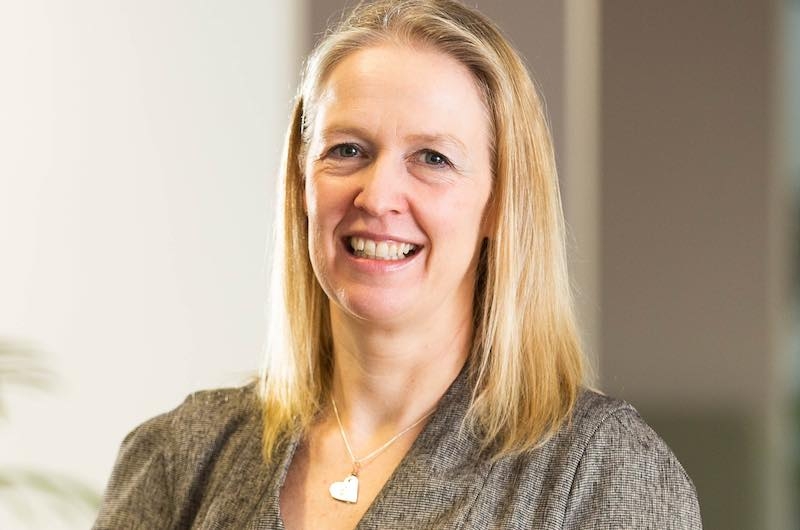You may have seen headlines recently about the pension savings “crisis” hitting the self-employed. According to the latest Financial Resources survey from the DWP only 18% of working-age adults that are self-employed are currently participating in a pension. This is compared to 75% of employees of the same age.
Some of this difference is, of course, down to the success of auto-enrolment, which has significantly boosted take-up for pensions for employees. However, there is more to the disparity than auto-enrolment alone.
The Institute for Fiscal Studies (IFS) R181 report* looks at what’s been going on with the self-employed and savings – in pensions and other vehicles. In 1998 the difference in pension take-up between the self-employed and employed was not anywhere near as pronounced as today. Some 48% of self-employed then were actively contributing to a pension, whereas around 64% of employees were doing so. So the shift to the 18%/75% we have now is significant and the figures show the gap was growing long before auto-enrolment.
The IFS looked at other ways of saving and found a similar picture, so it’s not that pensions are being snubbed in favour of ISAs, savings or dealing accounts. The only savings that had gone up were in relation to home ownership due to the increased costs involved, but this is true for the employed as well, and this group’s savings rate has not declined in as dramatic a fashion. The changing demographic of the self-employed over the period does not explain the disparity either.
Relatively speaking, income for the self-employed has declined, and affordability is still the main barrier for many. However, the highest earning self-employed were those whose savings rate had dropped the most.
One factor not examined by the IFS as to why this group is not choosing to save more is income volatility. And for a self-employed individual with volatile income, flexibility will be important.
For example, tax relief will be important to higher earners, but also the ability to start and stop contributions as appropriate. Carry forward may also be very useful in mopping up any unused annual allowance in good years and reducing contributions when needed. Younger clients may want to consider using a Lifetime ISA for some of their saving. For basic rate taxpayers the bonus is the same as tax relief in a pension, and in an emergency they can still get their funds out at any time, albeit with a penalty for doing so.
Pensions minister Guy Opperman has stated that the government are committed to increasing retirement savings among the self-employed but acknowledges there is no straightforward way to do this. The DWP have been working with Nest insights on email trials and are now developing technology-based tools to make it easier for the self-employed to save, with trials expected to start in the summer.
In the meantime we can all help get the message out on flexible saving.
* ifs.org.uk/uploads/R181-retirement-saving-of-the-self-employed.pdf
Lisa Webster is senior technical consultant at AJ Bell. She is an economics graduate with over 15 years’ experience in financial services. Prior to joining AJ Bell in May 2014 she spent nine years working in senior technical and consultancy roles at a major SIPP and SSAS provider. She is part of the AJ Bell Technical Team, responsible for providing regulatory and technical analysis to the business and outside world. Email: This email address is being protected from spambots. You need JavaScript enabled to view it. Twitter: @lisasippster

